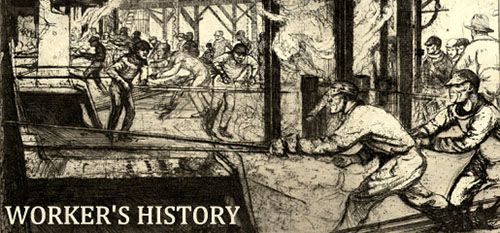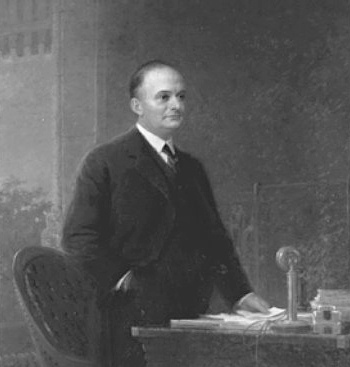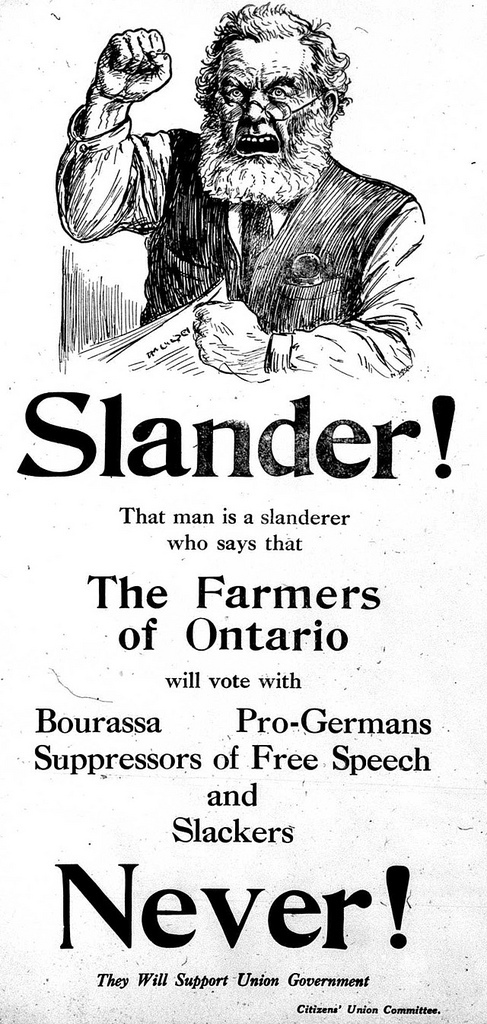Farmers
At the start of the century farm labor was showing a decline across Ontario. Of all the provinces in Canada, Ontario farm laborers were on average among the lowest paid in 1911 at $7.14 per week, only surpassed by laborers in Prince Edward Island who were paid $5.80. While Ontario's farmland expanded from 21 to 22 million acres in the span of that decade, this was a markedly slower than the increase shown in Canada's western provinces, and an average Ontario farm was also approximately a third of the size of one in Alberta, Saskatchewan or Manitoba. The total hours of farm labor paid across Ontario was significantly lower, from 2.3 million in 1901 to to less than 1.7 million in 1911.
Lanark County, just outside Ottawa, felt much of the same declines in rural population as many others, influenced by growing industry in Ottawa. By 1921 47% of Lanark's population was urban. While the size of farms in Lanark was on average larger than elsewhere in Ontario, only 35% of farmland was improved, meaning that much of their holdings were not productive.
The First World War was significant for farmers, not the least due to the conflict between the need for fighting men and the need for food to feed them, both needs which farmers were told it was their duty to fill. Farmers were often reluctant to volunteer for the Canadian Expeditionary Force due to the reality that leaving their farm property meant for it to grow over and expenses to build. This lead to some views among city-dwellers that farmers were putting their self-interest ahead of their country, an accusation resented by farmers who believed their duty meant meeting the vital need for food production. The problem of meeting food demand intensified when conscription arrived in August 1917, and rather than exempt farmers they made exemption open to tribunals, which granted two thirds of the requests from rural communities. While a significant number, the number of rejections was sufficient to outrage many farmers.
Ontario saw the formation of the United Farmers of Ontario in 1914. While it had been formed more as a united lobbyist group for farmers than a political party, only five years later they had over 50,000 members. In Lanark the average UFO member was a farmer in his mid 40s, and Presbytarian, that faith forming 55% of UFO members despite being 34% of the population in the county. While there were many motives for joining, discontent was among them, including lingering anger over conscription. The war created much disillusionment, and increasing urbanization and industrialization fed into a certain animosity towards city-dwellers. Many were cynical of establishes politics, and often named “the big interests” of the old political parties, corporations and the press for the problems which surrounded them.
In 1919 the young organization won the Ontario provincial election, forming the first non-traditional third party government in the province's history.
Sources:
Fifth Census of Canada 1911 Agriculture Volume IV https://archive.org/stream/cu31924094333238#page/n5/mode/2up


